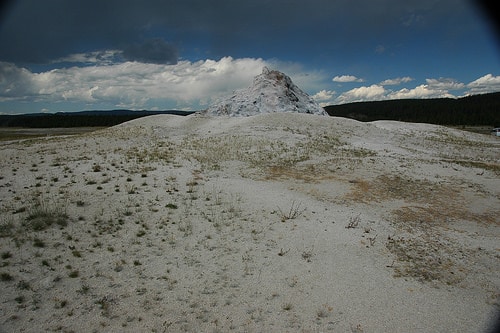This article will cover how to keep excess water away from sand mound systems. Beautiful properties can be seen all over the United States. They are set on different types of properties that possess varied traits. These characteristics are mainly bases on the type of soil that house is built on. Soils may have a percolation rate that is either too fast or too low. Other properties are constructed on soils that have limiting zones. In venues composed of limiting zones, sand mound systems are usually the recommended type of wastewater treatment system. Limiting zones are comprised of a seasonal water table (high), an elevated water table, an impenetrable layer of soil, and bedrock. About 60 inches from the surface is the ideal area to have a conventional septic system. If the entire 60 inches is a limiting zone, then the sand mound system is the only way to go. These are on-site wastewater treatment systems made of sandy material positioned above the 20 to 60 inches of the natural or original soil surface.
The sand mound system is a specialized form of the conventional septic system that needs an additional 48 inches above the 20 to 60 inches of the limiting zone. The additional height also elevates the distribution system above the elevation of the septic tank’s outlet. The effluent transfer in a sand mound happens a number of times during the day. This depends on the amount of wastewater produced by your household. The periodic doses of wastewater allow the sand mound system to have intervals of rest. The rest period makes the sand mound accommodate air, which helps the aerobic bacteria to do their wastewater treatment skills.
Like the conventional septic system, the sand mound system needs attention and consideration. It is responsible for helping your household maintain its sanitation and health. A key element in making sure that the sand mound system functions optimally is to separate it from excess water. You should keep excess water from sand mound systems so that the normal flow of wastewater treatment will not be interrupted at all. Excess water is a bad element in a sand mound. It can be attained through rainfall and high amounts of water consumption in the home. Cutting down on the amount of water that you let inside your sand mound will help it last longer and function better. You can do this through the following practices:
- Build a greywater system.
There are two types of wastewater that come from your household—greywater and blackwater. Greywater is wastewater coming from drains, showers, sinks, and tubs. It doesn’t have any human waste. Blackwater is the wastewater that comes from your toilets. If you have a greywater system installed near your sand mound, you will be able to reduce the amount of water load that enters your sand mound. Water load capacity for any sand mound system is based on the number of people that use your facilities. If the water load exceeds the capacity, the tank will overflow, backup, and flood the property. The increased water pressure that enters the tank also stirs up the solid waste particles. The particles are pushed into the filters and into the soil absorption system surrounding the sand mound. Greywater systems truly make sure that the sand mound tank works more efficiently.
- Divert the rain gutter away from the sand mound area.
The rain gutter is designed to help get rid of the accumulated rainwater in the roof. If you have a rain gutter that drains directly over or near the sand mound system, you should have it redirected. The rainwater and sediments will make the sand mound function slower. This results to wastewater overflow, backup, and flooding.
- Lessen the amount of water that you consume.
Your household should learn not to consume too much water. Water conservation can be done in the home by not having tub baths every day, not letting the water run continuously, and not using the dishwasher and washing machine at the same time.
Make sure to keep excess water away from sand mound systems so that you can experience a smooth running household.
